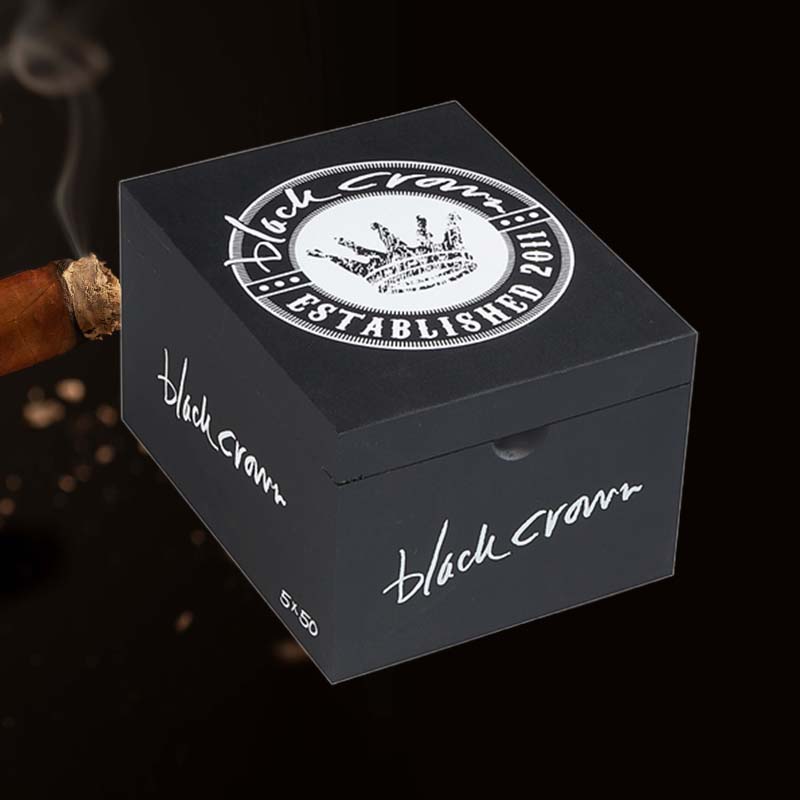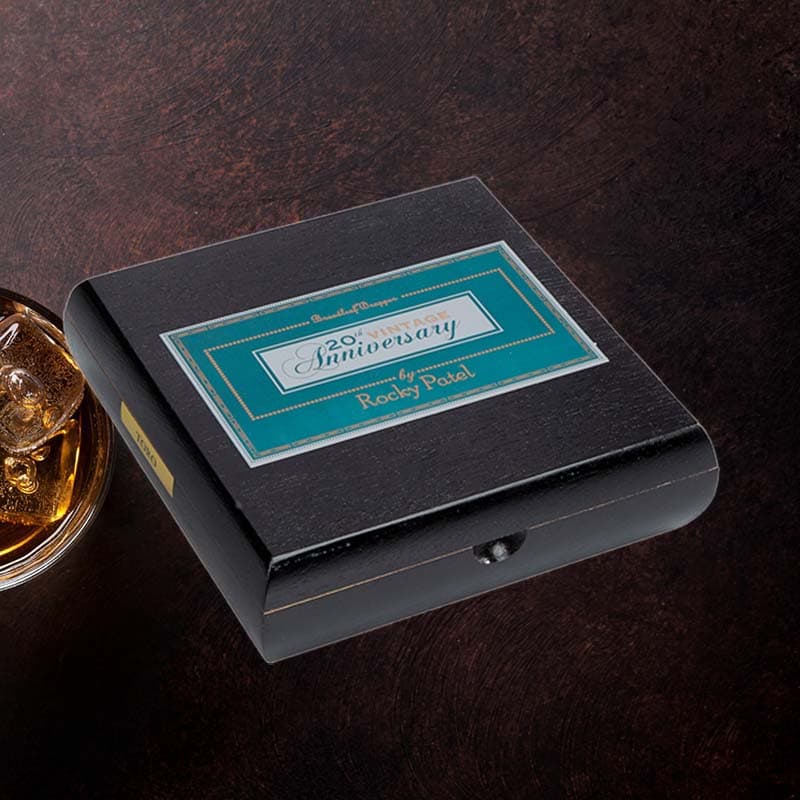How to repair torch lighter
Introduction: Fixing That Jet Lighter You Love
As a longtime fan of high-quality cigars, I know how important it is to have a reliable torch lighter by my side. Nothing is more frustrating than finding out that your faithful jet lighter simply won’t fire up when you’re about to light your favorite stick. The good news? I’ve learned how to repair my torch lighter, and in this article, I’ll guide you through the process step-by-step. Let’s get your lighter back in action, so you can enjoy your unhurried moments with your cigars again!
Understanding the Importance of a Functional Torch Lighter
A functional torch lighter isn’t just an accessory; it’s an essential tool for any cigar enthusiast. Picture this: you’re at a beautiful outdoor picnic, a warm breeze carries the scent of your favorite cigar, and you reach for your lighter—only to have it fail you. It’s disappointing! Keeping your lighter in top shape means you can savor those moments, whether at home or out and about with friends.
Step 1: What You’ll Need for This Repair

Essential Tools and Materials
- Butane fuel
- Screwdriver (usually small Phillips or flat-head)
- Compressed air (optional)
- Flint replacement (if necessary)
- Cleaning cloth or a soft brush
- Protective gloves
Step 2: Diagnosing the Issue

Common Problems Encountered With Torch Lighters
Before diving into repairs, it’s essential to diagnose the issue. Common problems include:
- No flame or spark
- Weak or inconsistent flame
- Not releasing butane
- Flame that won’t extinguish
Step 3: Opening Your Lighter Up

How to Safely Access the Internal Components
Carefully unscrew or pop open the casing of your lighter. Be gentle; you don’t want to break any clips or components inside. This step is crucial to accessing the inner workings of your lighter.
Step 4: Checking the Fuel Level
Ensuring Your Lighter Has Sufficient Butane
First things first—check the butane level. If it’s low, refill it with fresh butane. An empty or low fuel tank is often the simplest and most overlooked reason for a lighter’s ineffectiveness.
Step 5: Cleaning the Jet Nozzle

Techniques to Remove Clogs and Boost Performance
A clogged jet nozzle can prevent your lighter from igniting. Using compressed air can help clear out debris. Just a few blasts at the nozzle can often work wonders!
Step 6: Inspecting the Flint
Determining if a Flint Replacement is Necessary
If your lighter isn’t sparking, check the flint. If it’s worn down, simply replace it. Usually, it’s located near the ignition wheel—and a quick swap can make all the difference!
Step 7: Adjusting the Flame Height

How to Fine-tune the Flame for Optimal Performance
Most torch lighters include a flame adjustment feature. Turn the dial to the desired height while keeping the lighter upright to avoid excess butane release. A proper flame height is vital—not too high to waste fuel and not too low to function inadequately.
Step 8: Bleeding the Fuel Tank

Why and How to Properly Bleed Your Lighter
Sometimes, air gets trapped in the fuel tank, causing issues. To bleed your torch lighter, point it away from you and press the refill valve until a hissing noise stops. This allows fresh fuel to flow in, improving your lighter’s performance.
Step 9: Putting It Back Together

Reassembling the Lighter After Repair
Once all adjustments and repairs are completed, carefully reassemble your lighter. Make sure no extra parts are left behind and ensure everything fits snugly back in place.
Step 10: Testing Your Lighter
Sparking It Up: What to Expect
Finally, it’s time for the moment of truth! Give your lighter a whirl. If all goes well, you should have a beautifully ignitable flame ready for your cigar. Enjoy the sense of accomplishment that comes with a repair done right!
5 Common Issues That Torch Lighters Won’t Light

How to Troubleshoot Each Problem
If your torch lighter still won’t light, consider these troubleshooting tips: Check for sufficient butane, ensure the jet nozzle is clear, inspect the flint condition, confirm the flame height is appropriately adjusted, and verify that the refill valve isn’t clogged.
Final Thoughts on Torch Lighter Maintenance
Best Practices to Keep Your Lighter Functioning Well
Regular maintenance is crucial for any torch lighter. Ensure you refill it often, clean the nozzle periodically, and replace the flint when necessary. These steps can ensure you are always ready for that perfect lighting moment.
FAQ

How do you fix a torch lighter that won’t spark?

If your torch lighter won’t spark, first check the flint; it may need replacement. Additionally, ensure that the jet nozzle is clean and that there’s sufficient butane in the tank for ignition.
What causes a torch lighter to stop working?

Common causes for a torch lighter failing include low fuel, clogged jet nozzle, worn-out flint, or a malfunction within the ignition mechanism itself. Regular maintenance can prevent these issues.
Why is my butane lighter not igniting?
A butane lighter may not ignite due to low fuel levels, if the jet is blocked, or if the flint is exhausted. Check these elements to troubleshoot the issue effectively.
Why is my torch lighter not releasing butane?

If your torch lighter isn’t releasing butane, it may be clogged or malfunctioning. Cleaning the refill valve can often resolve the issue, allowing fuel to flow freely again.





